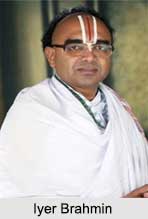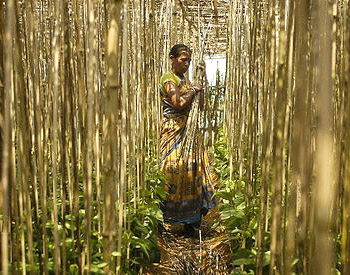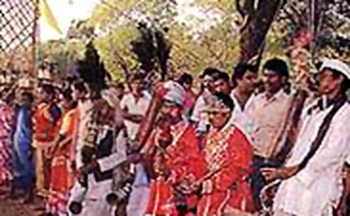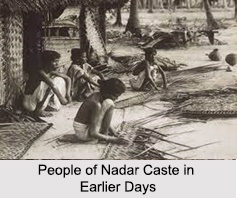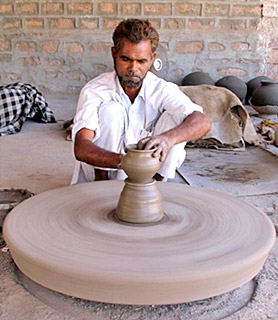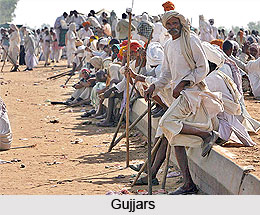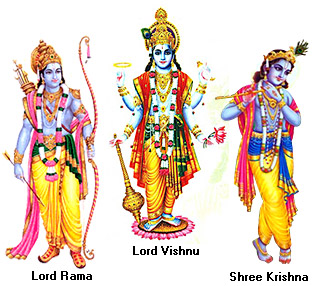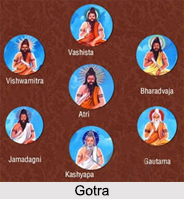Chansma Jain Teerth is a Jain pilgrimage centre located in the Indian state of Gujarat. Chanasma is located at 23.72 degree North 72.12 degree East. It is a city and a municipality in Patan district in Gujarat. Majority of the population of Chansma is of Patel and Jain community. The city is famous for Jain temple that is dedicated to Bhateva Parsvanatha. This temple is at a distance of one kilometer from the Chanasama railway station on the Mehsana - Harij road.
According to the history of the Jain temple of Chansma Jain Teerth was built under the instructions of Acharyashri Ajitasinhasurisvarji of the Achalagachchha. The temple was established in the year 1335 by Surchand Shravak of the Vikram Samvat Era. The temple was later renovated by Shravaka Ravinchandra of Chansama in the year 1535 of the Vikram Samvat Era. It is believed that this idol was preserved underneath the ground for many years. Later it was dug out from the hollow of the earth. As the idol was found from the hollow of the earth in the Bhatuar Village, this is called the idol of Bhateva Parshvanatha.
Chansma Jain Temple
The principal deity of the temple, Bhagawan Bhateva Parshvanatha is made of sand and is very imposing. The idol is almost 23 cms in height and is catechu coloured. The idol is adorned with a waist - band and is seated in a Padmasana posture. He is flaunted by the idols of Dharanedra and Padmavati on either side. The Chansma Jain Temple has been decorated with intricate deigns. The architectural work of the temple is very impressive to the eyes. The presence of the Chansma Jain Temple on the Mehsana Harij high way has made the place a famous pilgrimage spot. The temple also has dharmashalas and bhojanashalas for the pilgrims who visit the temple.
This article is a stub. You can enrich by adding more information to it. Send your Write Up to content@indianetzone.com










